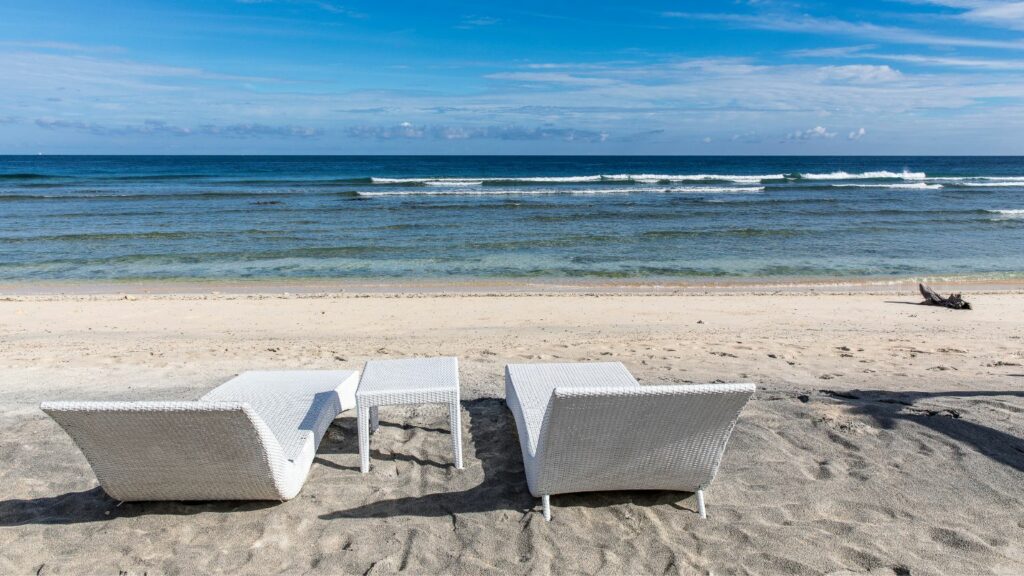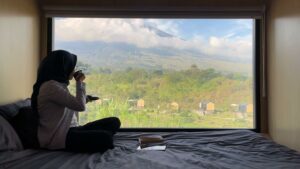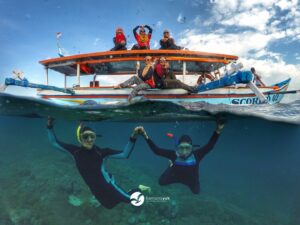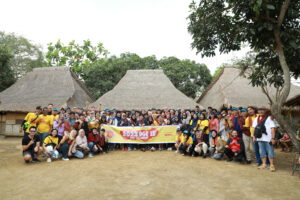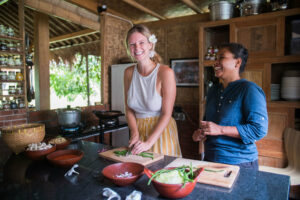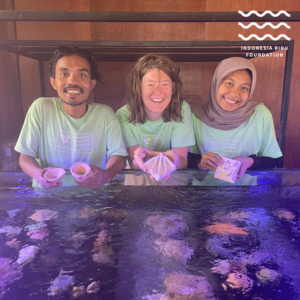Still playing back your sunset moment in Gili Trawangan and wonder when you can go back for the second time? We completely understand! This destination is exceptionally beautiful! So, to Let’s have a glimpse of Gili to soothe your longing! This time we will not only give you an experience limited to Gili Trawangan only because it is just a small part of what we can call as “Gili”. So, keep up and let’s dive into the beautiful world of Gili in Lombok!
Gili…?
The term “gili” is derived from the local Sasak language spoken by the indigenous people of Lombok, Indonesia. In the Sasak language, “gili” means “small island.” Therefore, the name “Gili Islands” simply translates to “small islands”. Several famous gilis that are most visited are Gili Trawangan, Gili Air, and Gili Meno. These islands were given the name “gili” due to their relatively small size compared to the larger island of Lombok itself. The term has become widely adopted and recognized, both locally and internationally, to refer to these enchanting tropical destinations.
Gili has gained significant popularity in recent years due to their pristine beaches, crystal-clear waters, vibrant marine life, and laid-back atmosphere. Historically, the Gili Islands were primarily inhabited by fishing communities. The islands’ remote location made them ideal for fishing, and the locals relied on the sea for their livelihood. However, as travelers began to discover the islands’ natural beauty, the fishing villages gradually transformed into tourist destinations. The transformation of the Gili Islands into popular tourist spots started in the 1980s. As word spread about the beauty of the Gili Islands, more visitors started to arrive, leading to the development of tourism infrastructure, accommodations, and cuisines. The Gili Islands have managed to retain their natural beauty and laid-back atmosphere by imposing strict regulations to maintain their eco-friendly environment where motorized vehicles are not permitted on the islands, and transportation is primarily by foot, bicycle, or horse-drawn carts known as “cidomos”.
Kinds of Gili
‘Do you know about gili in Lombok?’
‘Yes, I know Gili Trawangan, Meno, and Air
This is the type of answer that mostly people answer, however there are more than just these three beautiful gilis. Here are 4 more Gilis that you have to know!
1. Gili Kedis
Gili Kedis is a small, uninhabited island located off the coast of Lombok, Indonesia. It is known for its pristine white sand beaches, crystal-clear turquoise waters, and tranquil atmosphere. Gili Kedis is often described as a hidden gem, offering a secluded and private experience. It’s a perfect destination for those seeking relaxation and solitude, as the island is relatively untouched and free from crowds. Visitors can enjoy sunbathing, swimming, and snorkeling in the surrounding coral reefs, which are teeming with vibrant marine life.
2. Gili Nanggu
Gili Nanggu is another small island situated in West Lombok, Indonesia. It is renowned for its unspoiled beauty and serene environment. The island features secluded beaches with soft white sand and calm waters, making it an idyllic spot for swimming and sunbathing. The island offers a few accommodation options, allowing visitors to spend the night and enjoy a peaceful retreat away from the bustling crowds.
3. Gili Pasir
Gili Pasir, also known as Gili Air Pasir, is a tiny sandbar located near Gili Trawangan. This unique island appears only during low tide when the water recedes, leaving behind a picturesque sandbar in the middle of the ocean. Gili Pasir is a popular spot for photography enthusiasts, as it offers stunning views of the surrounding turquoise waters and distant islands.
4. Gili Kondo
Gili Kondo is a small island situated off the northeastern coast of Lombok, Indonesia. Known for its natural beauty and peaceful ambiance, it offers a tranquil escape from the bustling mainland. Gili Kondo boasts pristine beaches with clear waters, making it an excellent destination for swimming, snorkeling, and diving. The island is surrounded by coral reefs, providing opportunities to observe a variety of marine life.
But, surprisingly, Lombok has more than 35 Gili near the island. That’s why this island will be a good choice for you who are looking for limitless exploration!
What people find here
The Gili Islands are renowned for their stunning natural beauty, offering visitors a paradise of pristine white sandy beaches, crystal-clear turquoise waters, and lush green landscapes. The Gili Islands offer a breathtaking display of natural beauty that captures the hearts of visitors. The main beaches of Gili islands are mostly beckon with soft sands and inviting waters with serene coast that offers a peaceful escape. Scenic viewpoints like Sunset Point on Gili Trawangan and Gili Meno’s Hill also provide panoramic vistas of the ocean and surrounding islands, making for unforgettable moments.
Underneath the surface, the Gili Islands boast an underwater paradise that captivates snorkeling and diving enthusiasts. The coral reefs surrounding the islands are teeming with vibrant marine life, creating a mesmerizing spectacle. Snorkelers and divers can encounter an array of tropical fish, graceful sea turtles, and even reef sharks in certain areas. Dive sites like Shark Point and Manta Point offer thrilling encounters with these magnificent creatures, while sites such as Bounty Wreck and Meno Wall showcase unique underwater landscapes and stunning corals. The Gili Islands also prioritize turtle conservation, with Gili Meno’s turtle sanctuary providing a chance to witness these gentle reptiles up close and contribute to their preservation.
Nature lovers can explore the islands’ natural landmarks, such as Gili Meno’s Saltwater Lake, a tranquil spot surrounded by lush greenery and perfect for immersing oneself in the island’s beauty. Gili Air’s Pura Ped Temple, nestled amidst the verdant landscape, offers a spiritual oasis for those seeking peace and reflection. Whether lounging on pristine beaches, diving into a vibrant underwater world, or discovering the islands’ hidden natural treasures, the Gili Islands provide an enchanting experience for all who venture to their shores.
Local Culture
The Gili Islands provide a captivating cultural experience, influenced by the indigenous Sasak people and their vibrant traditions. Visitors have the opportunity to immerse themselves in the local culture by exploring Sasak villages, where they can witness traditional practices, learn about customs, and experience the warm hospitality of the locals. The Sasak people have a deep connection to the land and the sea, and interacting with them offers insights into their traditional arts and crafts, as well as their way of life. Throughout the year, the islands also host cultural events and festivals, such as Bau Nyale, where visitors can partake in traditional ceremonies, music, dance performances, and cultural displays.
When it comes to culinary delights, the Gili Islands offer a diverse array of dining experiences. Fresh seafood is a highlight, with the daily catches of local fishermen gracing the menus of many restaurants. Visitors can savor grilled fish, prawns, squid, and lobster prepared in various styles, accompanied by flavorful sambal sauces. Traditional Indonesian cuisine is also widely available, featuring dishes like nasi goreng (fried rice), mie goreng (fried noodles), and gado-gado (vegetable salad with peanut sauce). Additionally, international dining options are plentiful, catering to a range of tastes. Exploring local food markets and street stalls presents the chance to indulge in unique culinary experiences and sample local delicacies such as plecing kangkung (water spinach salad with spicy tomato sauce) and ayam taliwang (grilled chicken marinated in special spices), which showcase the flavors and culinary traditions of the region.
So, what are you waiting for? Let’s explore Lombok with KemanaYuk! Check out our latest offer to discover Lombok in Lombok Group Trip or North Lombok Open Trip page.

